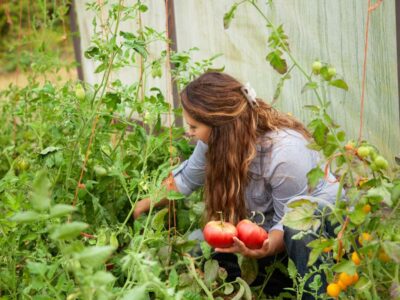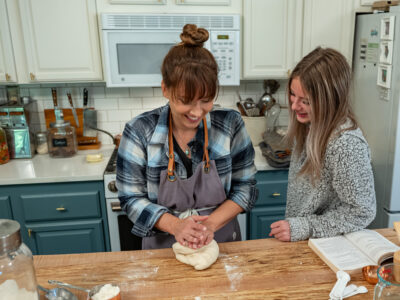Botulism prevention isn’t talked about enough in home food preservation. It is a real and deadly form of food poisoning that makes many home canners nervous. And for good reason!
But canned food is not the only danger of getting botulism. The good news is there are food preservation techniques and safety tips you can follow to ensure you and your family are safe. Learn the signs of contaminated food and the best preservation and storage methods in this podcast.
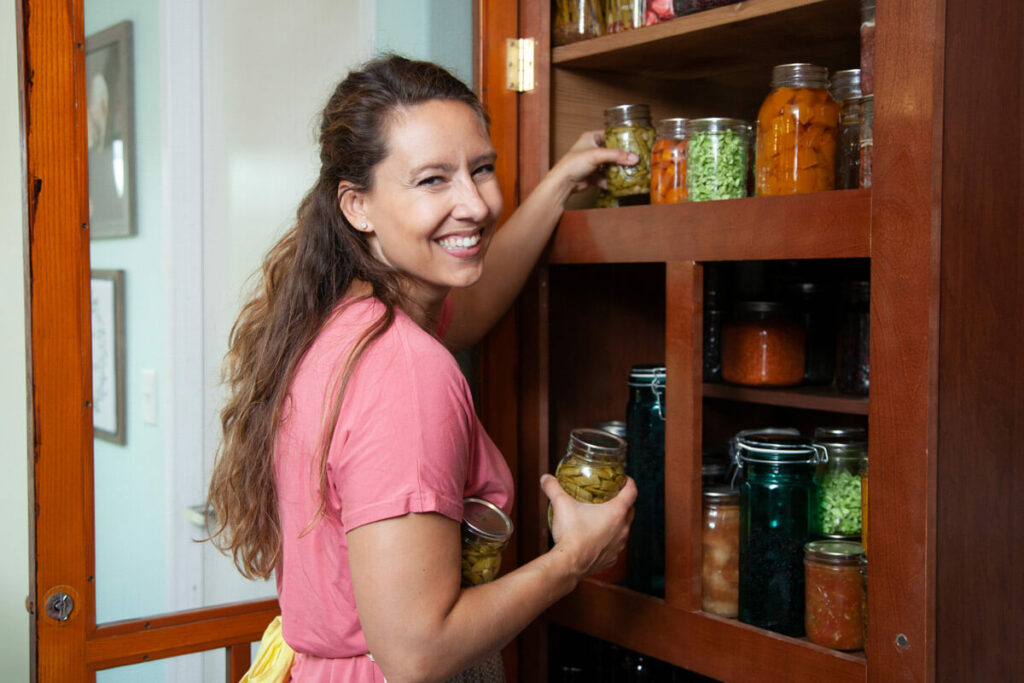
There are other forms of food preservation and cooking techniques that can have botulism risks. I know this is something that often surprises people, but if you’re making and storing food at home, these are important things to know and understand so you don’t make these mistakes yourself.
I’ve discussed the science of home food preservation before, as well as the nine different methods of food preservation, what you don’t know about the USDA canning safety rules, whether it is safe to can previously frozen food, and canning myths you should be aware of. So be sure to check out those posts for more information.
If you’re new to canning I have a podcast episode, Canning 101, with great information to get you started. I also offer a FREE training called The 5 Essential Steps to Safely Canning at Home. So join me there for more info on canning safety and I’ll walk you through everything you need to know.
Table of Contents[Hide][Show]
Everything Worth Preserving
With all that being said, I’m so excited to announce that my new book, Everything Worth Preserving: The Complete Guide for Food Preservation at Home is finally available for pre-order!

This book is about discovering the nine at-home food preservation methods to safely store delicious food for year-round eating.
There are step-by-step tutorials, recipes, and easy-to-use charts. Plus everything you need to know to use cold storage (aka the Freezer), steam canning, pressure canning, dehydrating, fermentation, freeze drying, root cellar techniques (even if you don’t have a root cellar), infusion, as well as salt and smoke curing of meats.
What I’m so excited about this book is that it’s a literal A-Z recipe guide. For example, if you look up raspberries, it will list all of the ways you can safely preserve them. Then, after that, you’ll have all of the recipes and all the techniques for all of the safe methods for preserving raspberries.
We’re limited to the number of books we can sell, so if you’re interested, go learn more at the link and be sure to snag a copy now because I’m also giving away free bonuses to those who pre-order! Grab your copy of Everything Worth Preserving now.
For now, let’s get back to the topic of staying safe from botulism.
What Is Botulism
Botulism is a neurotoxin. It’s tasteless, odorless, and you cannot see it. Botulism isn’t like getting salmonella or E-coli food poisoning where you’ll get pretty sick but probably won’t die from it unless there are serious complications.
Botulism is a neurotoxin that grows in a non-acidic and anaerobic environment. So, specifically, if something doesn’t have a pH of 4.6 or lower, then botulism can grow in that food (4.7 pH or higher).
It also grows in an area that’s absent of oxygen. We usually think of a sealed jar as safe, however, this can be a perfect place for botulism to thrive if the food hasn’t been canned properly.
Botulism is tasteless, odorless, and you cannot see it. Many people think if their canned food looks, smells, and tastes safe, then it’s safe. However, this just isn’t the case with botulism.
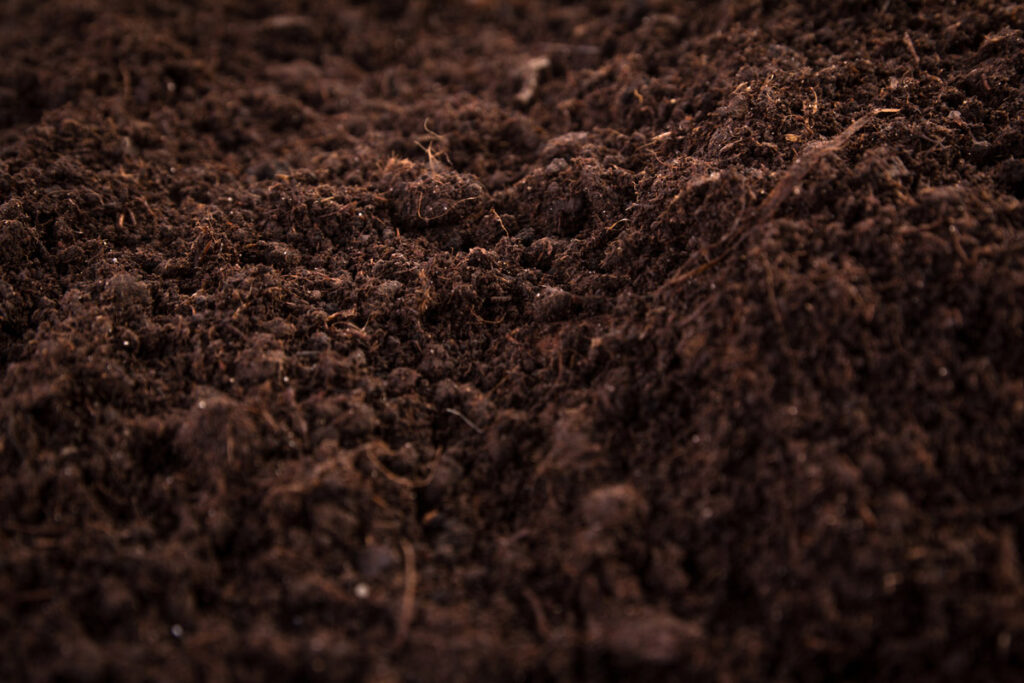
Where is Botulism?
Botulism spores are all over the place, but they are very prevalent in soil. This is why some of the food precautions listed below are places where people most often contract botulism.
This is also why any canning recipes that include potatoes, carrots, beets, etc. must specify that those vegetables are peeled before canning. If the recipe doesn’t specify, or says this is optional, don’t take any more canning advice from the person who wrote that recipe.
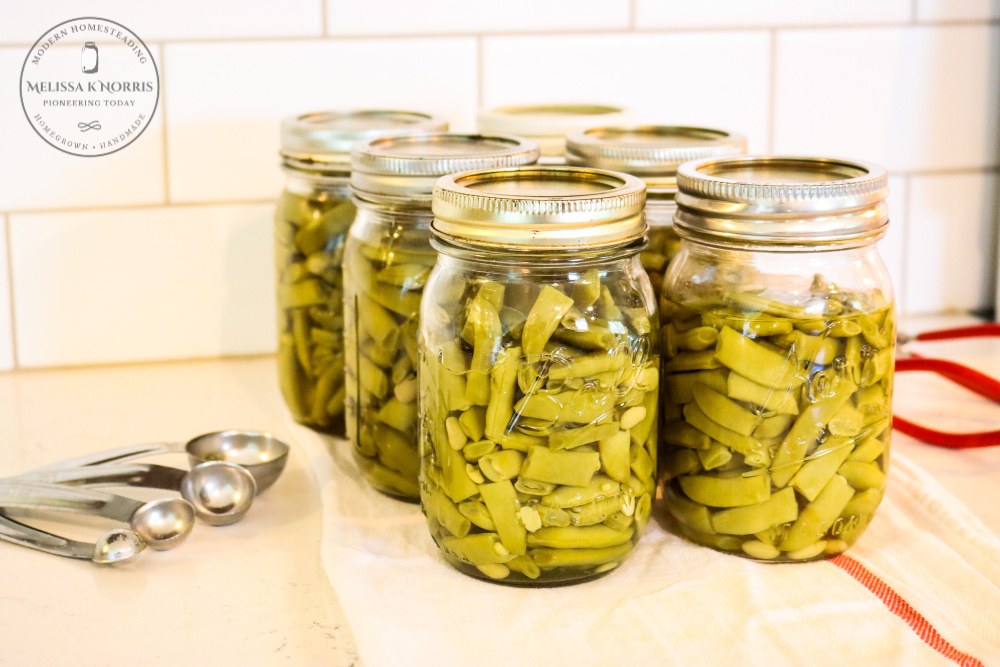
Botulism Prevention
Our safeguard when it comes to avoiding botulism is to follow proper canning safety. As I said, I have done many episodes on canning safety and I offer a free training that I offer on canning safety.
Honestly, botulism is so easy to avoid once you understand it and you follow safe and updated procedures.
The cases of botulism in America are usually due to those who are following improper canning recipes or methods. There are a few other ways people have contracted botulism that I want to bring awareness to today.
This is not to cause fear, but rather to arm you with the knowledge necessary to have confidence that your family will be safe.
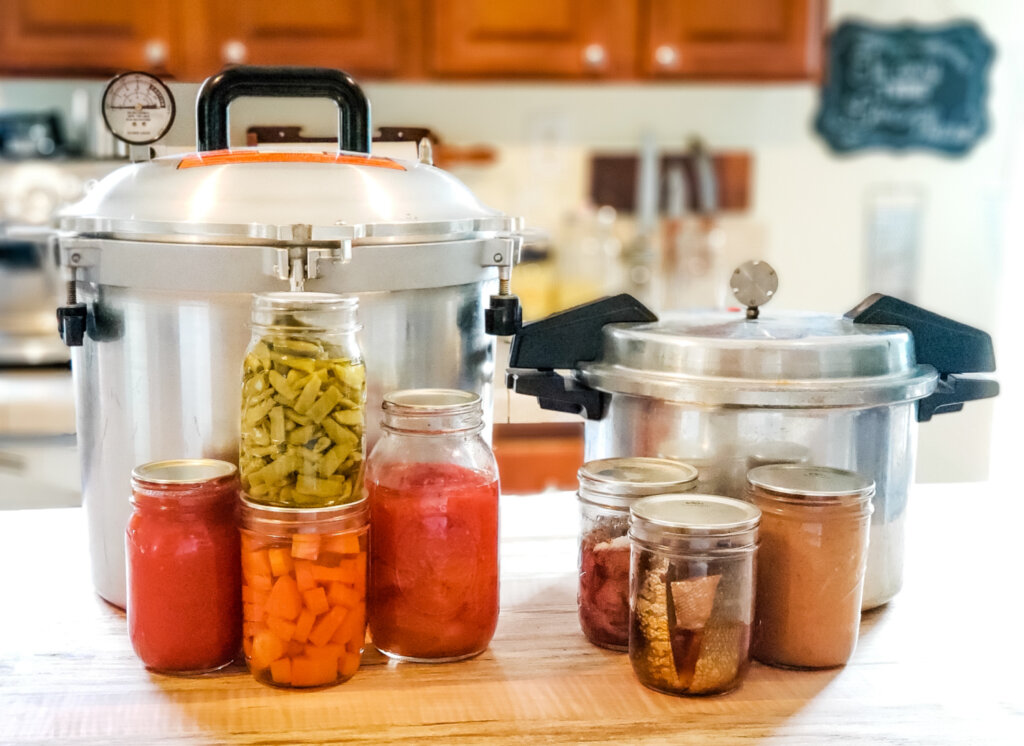
Safe Canning Practices
Safety canning tips have been around for a very long time. One of the problems with this information being shared is we didn’t use to have the pleasure of the internet where information is literally at our fingertips.
There were some updates to canning safety back in the 1990s. These updates informed us that it’s no longer considered safe to pressure can summer squash.
There are many recipes that get handed down from generation to generation that are actually unsafe canning recipes. Just because someone you know hasn’t gotten sick, it’s just not worth risking your or your family’s health.
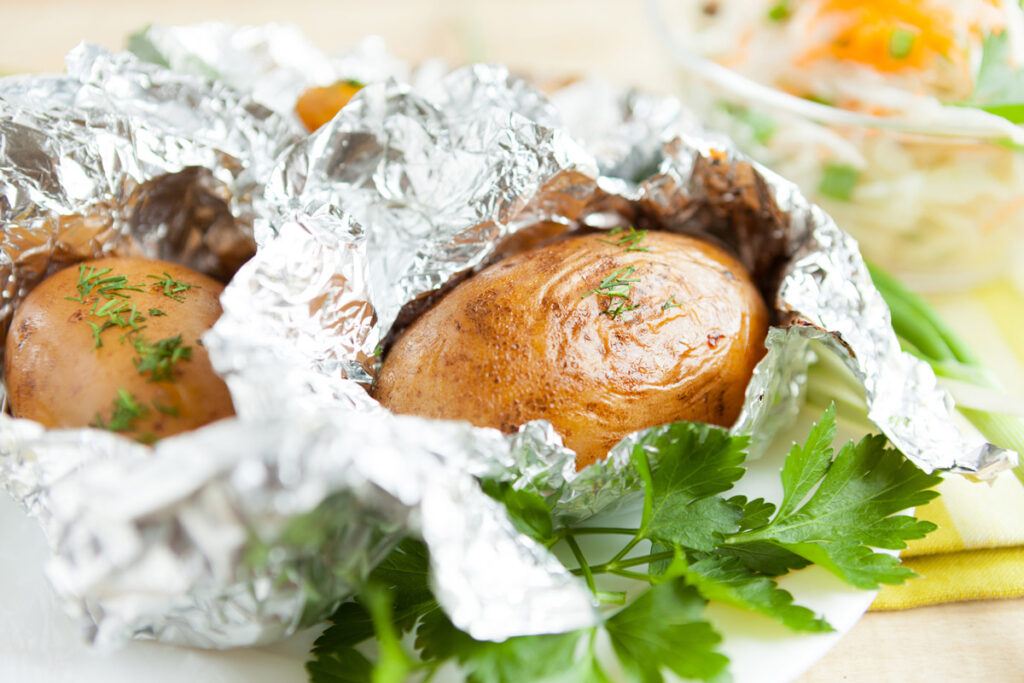
Botulism Prevention: Other Ways to Get Botulism
Beyond canning, there are other ways that botulism can happen. Some of these were so shocking to me that I actually had to look further to make sure the information was correct!
Aluminum Wrapped Baked Potatoes
That’s right, raise your hand if you bake your potatoes in aluminum foil! Now, this doesn’t mean we need to stop this practice, but there are specific ways to bake them.
Specifically, if you wrap your potatoes in aluminum foil, you need to keep them hot at temperatures above 140° F until they are ready to eat. Or refrigerate them immediately with the foil loosened so they can get air.

Garlic Infused Oils
Because botulism is found in the soil, and garlic grows in the soil, garlic-infused oils can be a source of botulism.
You can only store garlic-infused oils safely in the refrigerator for four days, maximum. So no longer are the days of making large quarts of garlic-infused oil, unless, of course, you want to freeze it or acidify the oil which will make it safe for longer.
I don’t have recommendations on acidifying oil infusions so I recommend contacting your local extension office for more information on the safety of this method.
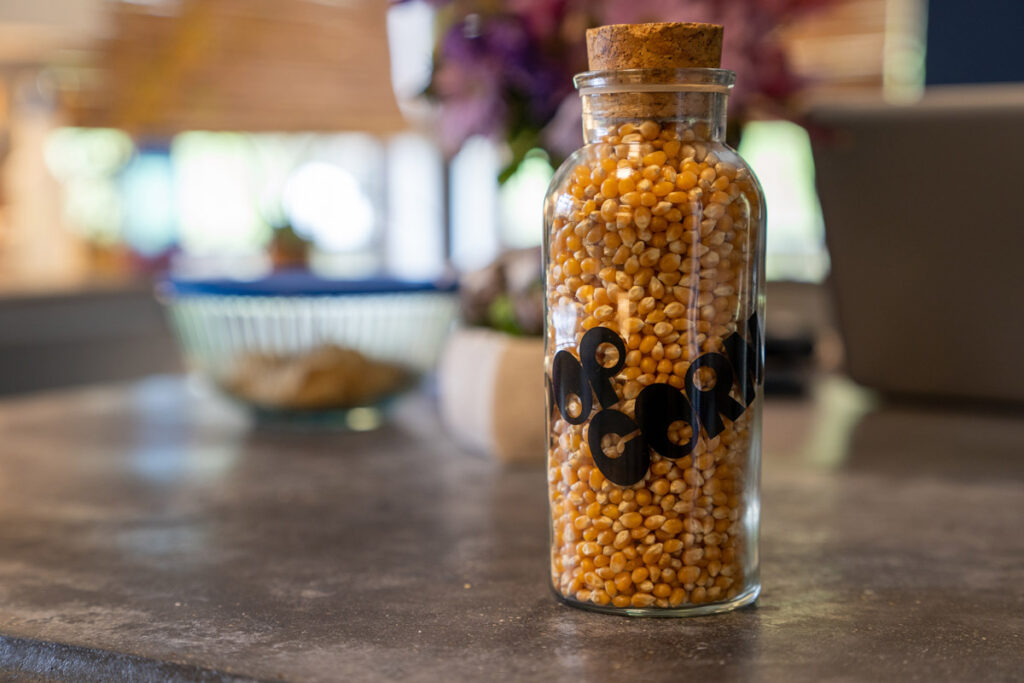
Oxygen Absorbers in Jars
If you are storing dry foods in jars and sealing them, they need to be 10% or less moisture content. If they are more than 10% moisture and put them in a sealed jar, they are a botulism risk.
Below you’ll find a few examples:
- Popcorn – You can store popcorn in jars, however, it’s typically not below that 10% moisture and can be a risk if you’re adding an oxygen absorber.
- Freeze-dried foods are always below 10%, so there is no danger in storing them with an oxygen absorber.
- Dehydrated foods are a different story. To know if something is dry enough to be below 10% you’ll need to first weigh your food. Then, after you’ve dehydrated the food weigh them again to know if you’ve reached that percentage. If you’re not sure, it’s better to be on the safe side and just not use an oxygen absorber.
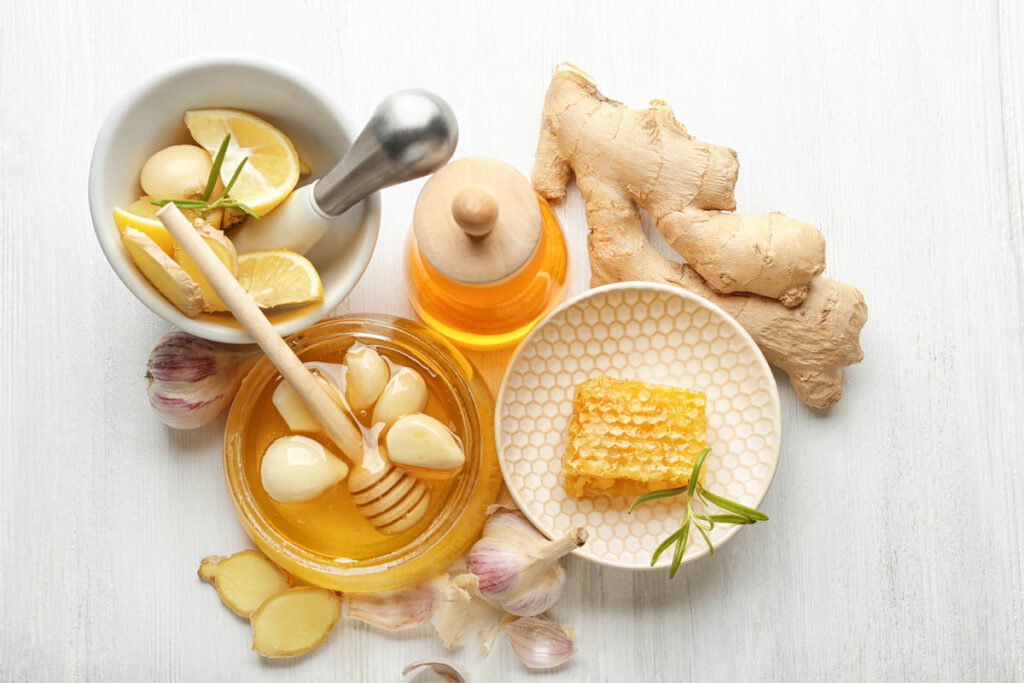
Raw Food in Honey
Many of us have heard the adage that you don’t give honey to kids younger than a year because of the risk of botulism because botulism is very present in honey.
Honey is generally on the acidic side, but there are many factors that can come into honey such as the pollens, where it’s harvested, etc., so this is not a safe assumption.
After my research, I could not find any documented sources one way or the other that preserving food in honey was safe or unsafe. Because of this, it’s a rather gray area.
Because of this, I only choose to infuse dried herbs, spices, flowers, and foods in my honey and oils to prevent the risk is botulism.
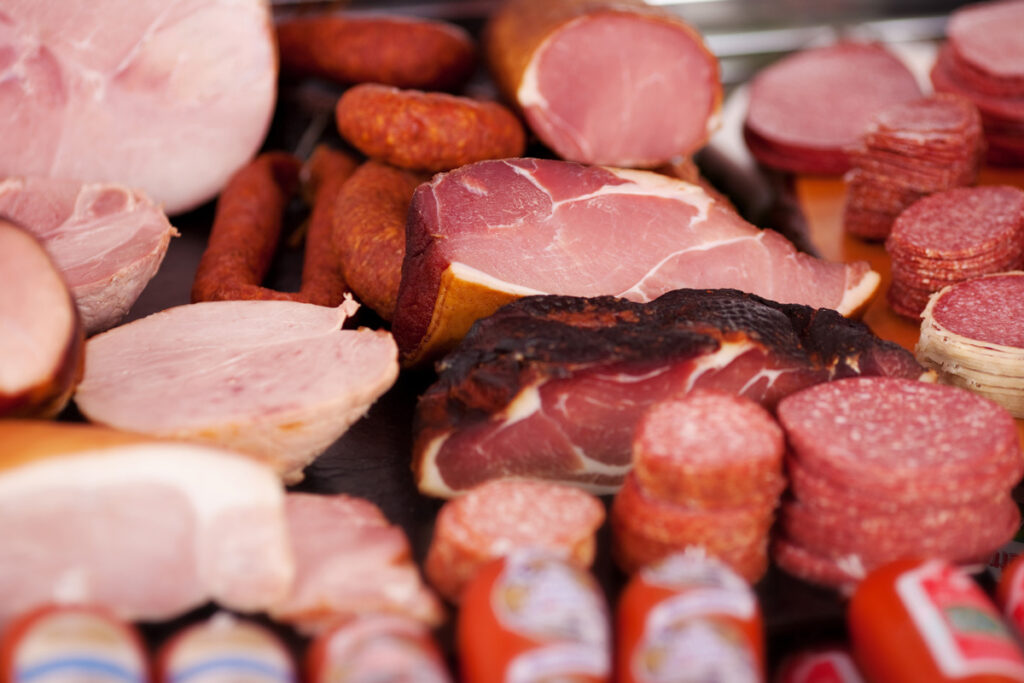
Curing Ground Meats
When you are curing meat, specifically when you are grinding up meat to cure it. You need to be sure you’re using tested recipes that call for curing salt.
If you’re not, you’re running the risk of botulism.
I share all of this not to bring fear, but to arm you with the proper information to make sure you’re following safe preservation practices so you can line your pantry shelves with homegrown and home-preserved foods you and your family can enjoy all year long.
Related Posts You May Enjoy
- Proper Canning Headspace (Is it Important?)
- How to Preserve Zucchini
- What Causes Canning Lids to Buckle? (+ Proper Tightening)
- The Science of Home Food Preservation
- 9 Ways to Preserve Food at Home
- 6 Canning Myths You Must Know
[fusebox_transcript]


